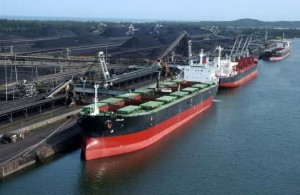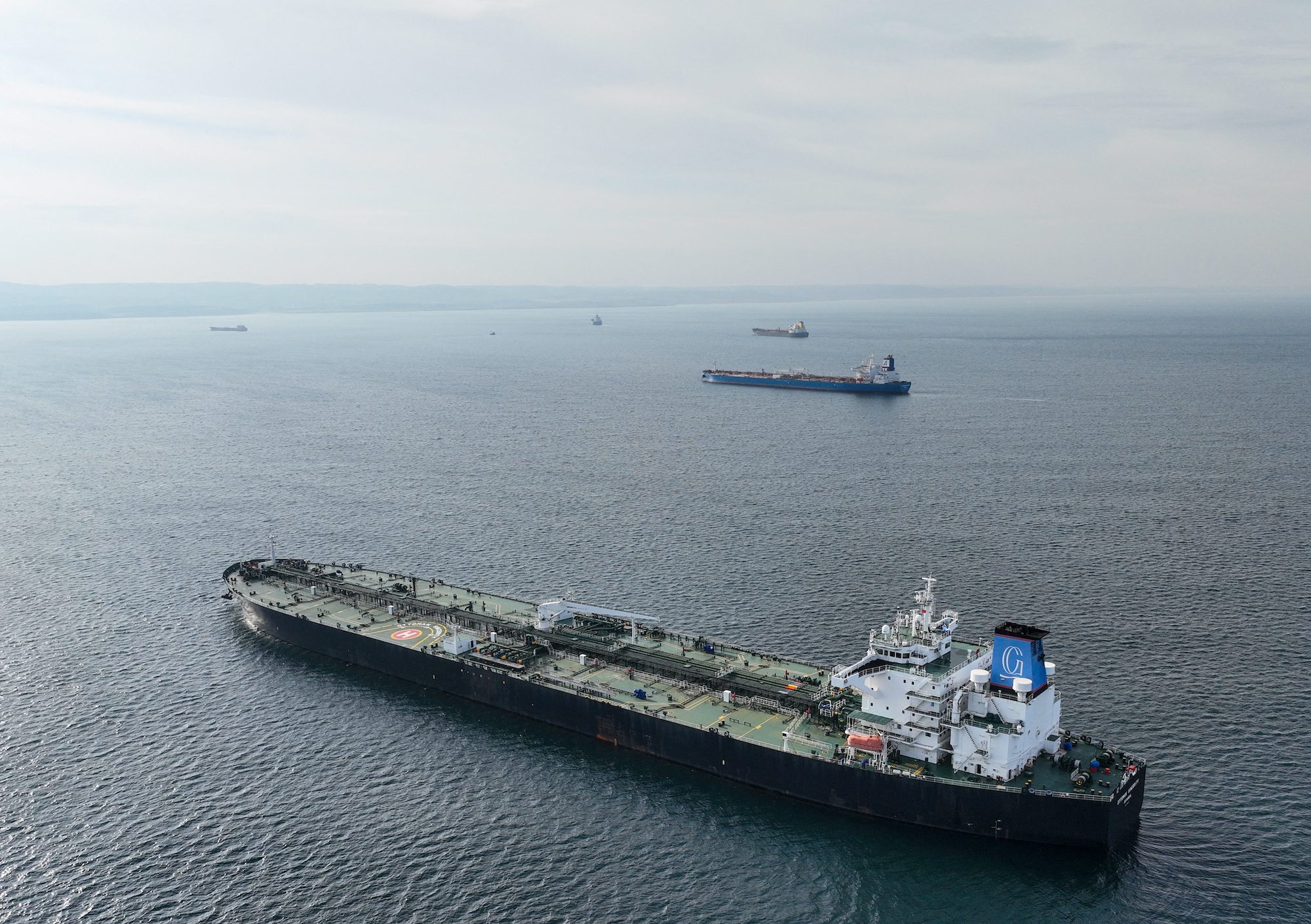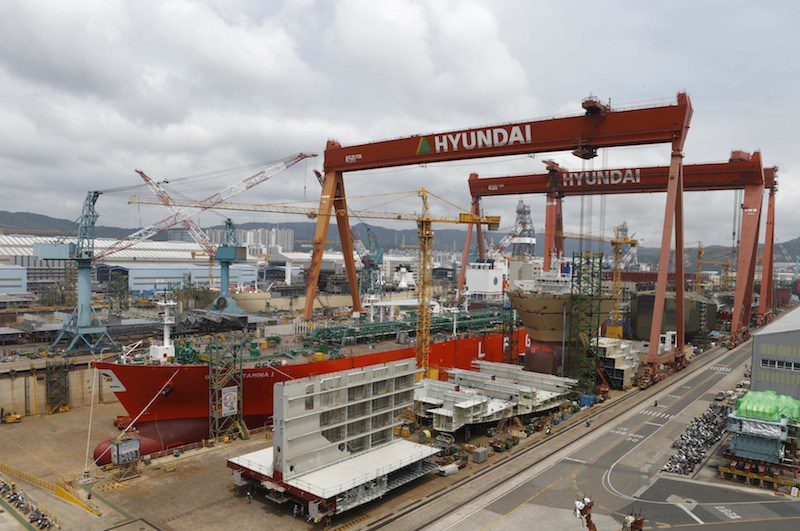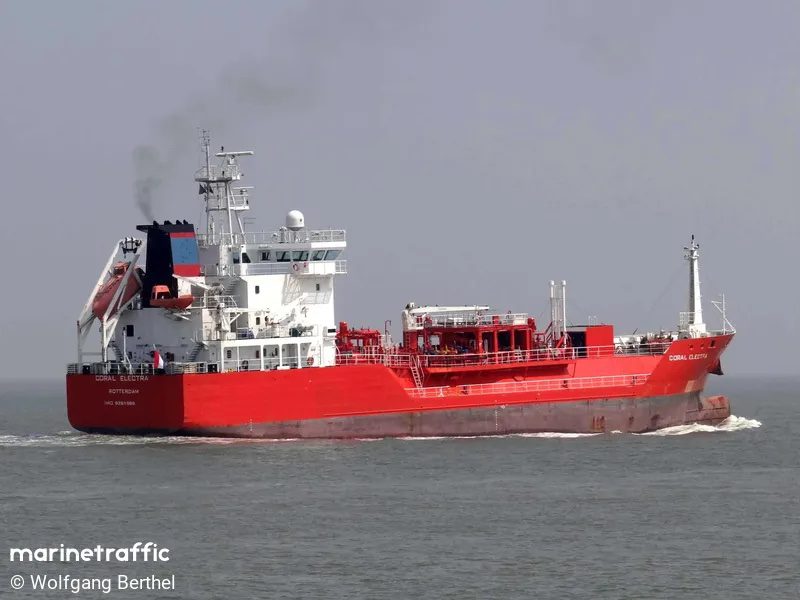 By Michelle Wiese Bockmann
By Michelle Wiese Bockmann
(Bloomberg) — The fleet of ships carrying minerals and grains will expand at double the pace of trade growth for a second year in 2013, worsening a supply-demand imbalance, according to Clarkson Plc.
Vessel supply will increase 8 percent as demand climbs 4 percent, Clarkson, the world’s biggest shipbroker, said today in a report. That equates to a surplus of 411 Panamax-sized vessels, more than last year’s 404, it said.
The Baltic Dry Index, a measure of costs to transport raw materials on ships, reached a 26-year low in 2012 in terms of its annual average. A glut of vessels outpaced slowing commodities demand, sending hire rates for the biggest carriers to levels below operating costs for most of last year, according to the London-based shipbroker.
“Supply pressure on the dry-bulk market is likely to remain considerable this year,” Clarkson said in the report. The overall fleet now numbers 9,490 vessels after swelling 10 percent last year as demand gained 5 percent, it said.
The index declined for a fourth day today, falling 1.2 percent to 798, figures from the London-based Baltic Exchange showed. Still, it’s up 14 percent this year after three drops in a row. Daily average hire costs for Capesize ships, the largest ore carriers, slid the most, retreating 3 percent to $7,922.
Ore Cargoes
The Capesize supply-demand imbalance will be the narrowest “for several years,” Clarkson said. Fleet growth will slow to 7 percent as shipments of iron ore, comprising 28 percent of the estimated 4.2 billion metric tons of global dry-bulk trade, rise 6 percent, it said.
The shipbroker based its trade-growth estimate on a Panamax with a capacity of 65,000 deadweight tons carrying 55,000 metric-ton cargoes on seven trips annually. The vessels are the largest to navigate the Panama Canal. Panamax charter costs declined 0.7 percent to $5,690, the exchange’s data showed.
Rio Tinto Group and Fortescue Metals Group Ltd. will expand production capacity at Australian iron-ore mines by a combined 98 million tons by the end of this year, the report showed.
Daily hire rates for Supramax vessels declined 0.2 percent to $7,436 and Handysizes, the smallest ships tracked by the index, were 0.6 percent lower at $7,094.
Copyright 2013 Bloomberg.

 Join The Club
Join The Club











